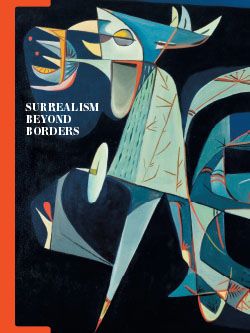Surrealism Beyond Borders challenges conventional narratives of a revolutionary artistic, literary, and philosophical movement. Tracing Surrealism’s influence and legacy from the 1920s to the late 1970s in places as geographically diverse as Colombia, Czechoslovakia, Egypt, Japan, Korea, Mexico, the Philippines, Romania, Syria, Thailand, and Turkey, this publication includes more than 300 works of art in a variety of media by well-known figures—including Dalí, Ernst, Kahlo, Magritte, and Miró—as well as numerous artists who are less widely known. Contributions from more than forty distinguished international scholars explore the network of Surrealist exchange and collaboration, artists’ responses to the challenges of social and political unrest, and the experience of displacement and exile in the twentieth century. The multiple narratives addressed in this expansive book move beyond the borders of history, geography, and nationality to provocatively redraw the map of Surrealism.















